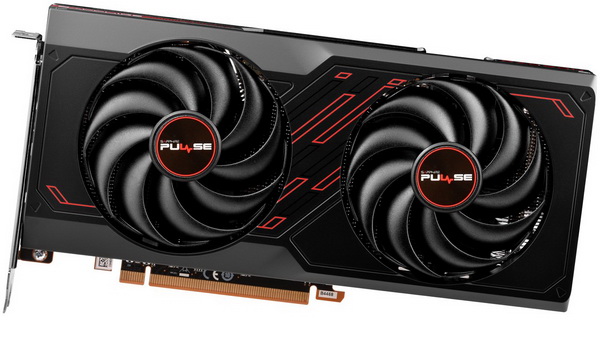INTRODUCTION

Even though the top graphics cards by both AMD and NVIDIA are always the ones gamers use to determine which manufacturer is leading the market in terms of performance in reality it's the more down to earth models that most care about. For example, even though the Radeon RX 7900 XTX by AMD is their current flagship graphics card countless people are still waiting for the lower-tier models like the upcoming Radeon RX 7700/7800 and even the rather recently unveiled Radeon RX 7600. Now i didn't have the chance to test the Radeon RX 7600 when it was released a few months back (seems like they forgot about us) but the Pulse OC model by SAPPHIRE arrived here roughly 3 weeks ago and today my review is finally ready to publish.
SAPPHIRE Technology continues to be a world leading manufacturer and global supplier of innovative graphics and mainboard products, delivering its AMD Radeon based products to the PC markets addressing gaming, eSports and performance graphics enthusiasts as well as delivering an array of professional graphics products and embedded system solutions. Recently SAPPHIRE has penetrated new markets with a series of GPU Compute server systems targeting the blockchain and commercial cryptocurrency mining businesses.
As expected, the latest Radeon RX 7600 by AMD is based on the same RDNA 3 graphics architecture as both the Radeon RX 7900 XT and XTX models. Strangely however the new Navi 33 is not just a cut down version of the Navi 31 chip, it's also manufactured using DUV lithography (6nm process) instead of the newer and improved EUV one (5nm process). In the long run this might not be a serious drawback for a low/mid-tier model like the Radeon RX 7600 (not to mention this is less costly for AMD) but some potential buyers may not like that. In terms of specifications the new Navi 33 chip packs 32 RDNA 3 compute units, 2048 stream processors, 64 raster units (or render output units), 32 ray accelerators (or ray tracing cores), 128 texture mapping units, 2 shader engines, 32MB of Infinity Cache and for the 1st time for an AMD graphics card a total of 64 AI accelerators. As for VRAM for the Radeon RX 7600 AMD has paired 8GB GDDR6 clocked at 18 Gbps with an 128-bit memory interface. As for SAPPHIRE well they've once again used their very own cooler with the card (dual heatpipe, single heatsink design with two dual-ball bearing fans) and as expected they've also increased game clocks from the 2250MHz of the reference AMD model to 2356MHz (VRAM speed on the other remains the same at 18Gbps). Finally in terms of connectivity the Radeon RX 7600 Pulse OC by Sapphire features three DisplayPort v2.1 outputs and a single HDMI v2.1a output.

 O-Sense
O-Sense







.png)

